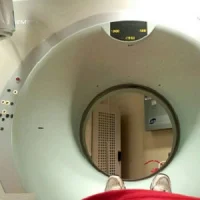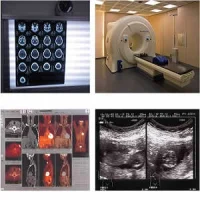New recommendations released for paediatric radiation safety were discussed during the Society for Cardiovascular Angiography and Interventions (SCAI) 2017 Scientific Sessions in 2017.
See Also: Children and Medical Radiation
The paper titled "Radiation Safety in Children with Congenital and Acquired Heart Disease: A Scientific Position Statement on Multimodality Dose Optimization from the Image Gently Alliance," aims to provide cardiologists, paediatricians, radiologists and internal medicine physicians with guidance when treating paediatric patients suffering from congenital and acquired heart disease (CAHD).
Congenital heart disease is one of the most common birth defects. It is estimated that nearly one million children in the U.S. are affected by this disease. Other forms of acquired heart disease also affect one out of every 100,000 children and adolescents annually. Children who suffer from CAHD tend to have complex diseases and may require life-long medical care.
Children with CAHD also have to undergo cardiac imaging procedures that use ionising radiation. Imaging procedures such as cardiac catheterisation, CT scans and nuclear medicine studies can help in accurate diagnosis and intervention but at the same time, the ionising radiation in high doses can be harmful for these children. That is why it is generally recommended that ionising radiation doses should be kept as low as possible.
Lead author Kevin D. Hill, MD, Division of Pediatric Cardiology, Duke University Medical Center highlights the need for consensus recommendations for dose optimisation and regulation of dose metrics across these imaging procedures. The goal should be to implement approaches that would lessen the risk of radiation for children with heart disease but at the same would ensure that the imaging procedures remain effective.
Recommendations for dose optimisation strategies include:
- Cardiac computed tomography procedures, including approaches that can be implemented during patient preparation, as well as scanner-based approaches.
- Nuclear cardiology procedures, including procedural approaches and guidelines for determining administered activity in children.
- Fluoroscopically guided procedures including cardiac catheterisation and electrophysiology procedures, including recommendations focused on hardware features, software configuration and operator dependent techniques.
Source: JACC: Cardiovascular Imaging
Image Credit:
References:
Hill, Kevin D. et al. (2017) Radiation Safety in Children with Congenital and Acquired Heart Disease: A Scientific Position Statement on Multimodality Dose Optimization from the Image Gently Alliance. JACC: Cardiovascular Imaging. DOI: 10.1016/j.jcmg.2017.04.003
Latest Articles
ionising radiation, Radiation risk, paediatric radiation safety, CAHD, congenital and acquired heart disease
New recommendations released for paediatric radiation safety were discussed during the Society for Cardiovascular Angiography and Interventions (SCAI) 2017 Scientific Sessions in 2017.









